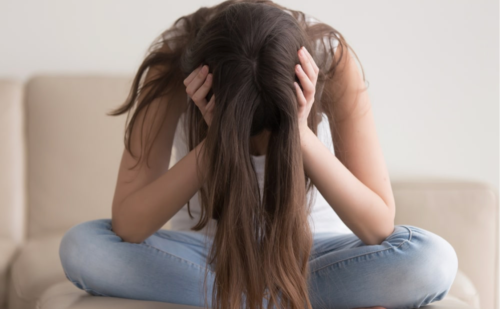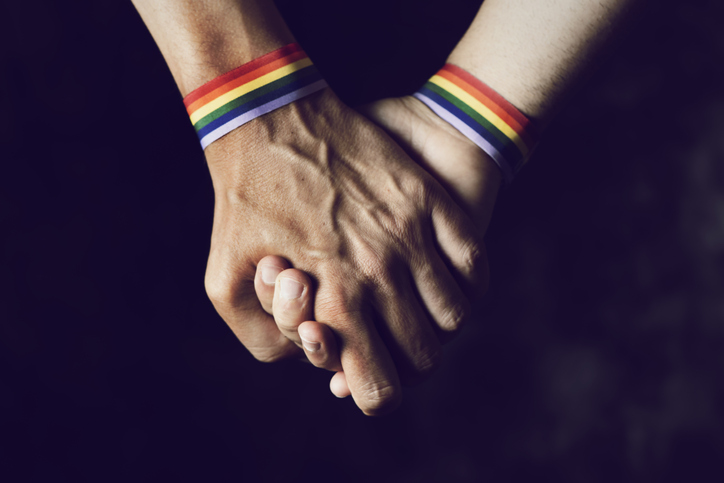
10 October, 2024
Thomas Strong
Posted: 24 June, 2019

In advance of the launch of the Government’s National LGBTI+ Inclusion Strategy and to mark Pride Week 2019 (June 20th -29th), this week’s blog focuses on COALESCE awardee, Dr Thomas Strong, who in partnership with the HSE Sexual Health Crisis Pregnancy Programme, is researching ‘Culture and sexual risk: An ethnographic analysis of gay male “sexual worlds” in Ireland today’.
Do gay men still have sex? One could be forgiven for thinking otherwise. If gay men globally are ever more visible in media, politics, and everyday life, it is also true that the images of gay men that circulate today are often desexualised. Prior eras portrayed the gay man as either libidinally liberated or recklessly promiscuous, but today he is often enough associated with marriage, the military, human rights, and even shopping for strollers. Perhaps Ireland’s own Taoiseach Leo Varadkar best symbolises the contemporary gay man: professional, middle-class, conservative, fully-clothed. Perhaps the emergence of gay men into mainstream discourse, indeed into the highest echelons of politics, represents the disciplining of gay sexuality alongside the ostensible social acceptance of gay identity. Perhaps it portends, as Andrew Sullivan argued, the ‘end of gay culture’ through what used to be called assimilation. Queer theorists predicted as much in criticising the central place that the struggle for ‘marriage equality’ has attained in gay and lesbian politics, as when Michael Warner sought to ‘trouble’ the normalisation of gays through marriage rights. The queer critique claimed that counter-publics of transgressive sexuality were threatened by the cleaning up of gay male culture in the contemporary era coinciding with both the push for marriage and the advent of effective treatments for managing HIV infection. My COALESCE project turns these debates within gay culture into research questions and locates their problematics in an especially fruitful setting for considering them: post-marriage referendum Ireland in the twenty-first century.
Far from receding from view in the shadows of vow-taking husbands and openly gay political leaders, gay sex is experiencing a period of intense experimentation, proliferation, and transformation. Like an undiscovered continent, gay sex emerges from beneath an ocean of shame and the penitential repression of ‘sinful’ desires and acts. Moreover, the meaning and vitality of contemporary gay male sex may be explicitly related to the normalisation of gay men in official fora. Is gay male sexual culture becoming more experimental, more risky, more intense not in spite of, but because of, the fact that gay men are also now often embraced as model citizen-consumers? Have years of official caution in relation to responsible ‘safe’ sex ignited interest in the pleasures and dangers of risk? Has a threshold been crossed in ‘post-Catholic’ Ireland, where ‘old’ values of chasteness and filial piety have been lifted away, liberating sexual expression?
Using ethnography, my research project aims to describe and analyse the norms and forms of gay male sexuality in Ireland today. Ireland is currently undergoing a sea-change in attitudes towards sexuality. Strongly supported public referenda in 2015, legalising same-sex marriage, and in 2018, creating the opportunity for legal abortion, suggest that Ireland’s sexual culture is in the midst of a watershed moment. ‘Sexual culture’ comprises conventional forms of sexual practice and relationship, the social logics that shape and manifest these, and the often tacit moral notions embedded in them. Is Ireland today experiencing a moment of sexual liberation? What new sexual culture is emerging?